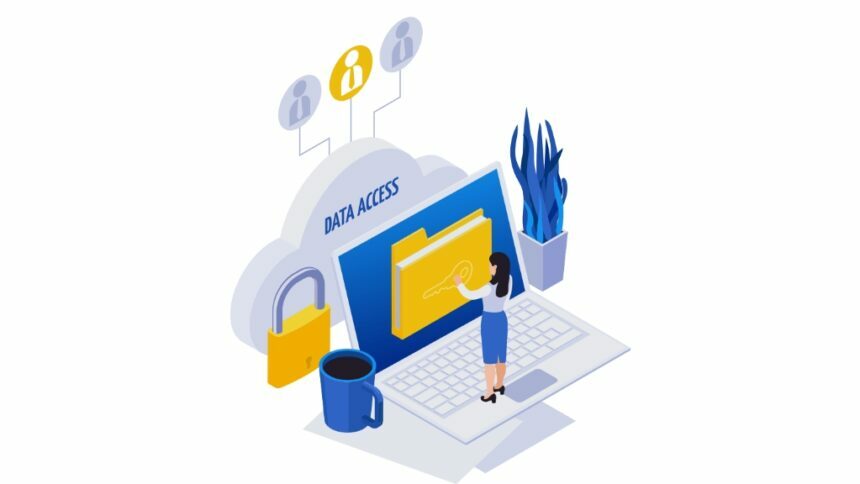Assets for an organization are value generation mechanisms that strengthen the glory in the long run. Planning, acquiring, maintaining and disposal of these assets becomes quintessential to manage risks. Broad classification of assets is done on the basis of their ownership, economic value and resource.
There are six categories in which assets can be segmented:
- Tangible
Physical assets such as properties, fleets/vehicles, cash, computers, equipment/instruments etc. are termed as tangible. Their economic value depreciates year-on-year.
- Intangible
Non-physical assets such as intellectual properties (patent, trademarks etc.), brand equity, copyrights etc. are termed as intangible. Employees are also sometimes considered as intangible assets for a company. They offer great value to businesses and can have limited life or unlimited life. They can also be internal or purchased.
- Current
Financial assets such as securities, accounts receivable, cash & cash equivalents, FD & bank balance, etc. that can be converted into quick cash are known as current assets. These instruments can be used by a company for clearing liabilities.
- Fixed
Assets that are evident for functioning of an organization. These cannot be sold to the end customer or for quick cash. The likes of property, machinery and equipment come under fixed assets.
- Operating
Crucial assets that help in getting the desired output or an end product/service that can be sold to the end user. Operating assets help in generating revenue for the company. Bank balance, inventory, equipment etc. come under this category.
- Non-Operating
Planned investments to cater the future needs of the business come under non-operating assets. These are not used in the daily operations. These include real estate purchases for appreciation, short term investments, securities etc.
Effective Asset Management Using Software
As we understand the expanse of various assets a business can have. Listing, maintaining records and updating multiple asset information in real-time can definitely be a tedious task. When this is done manually, it might take hours to days to collate and input the data received. Plus, there’s a possibility of human error in such a case.
To maintain all the asset records aesthetically, asset management software is put into use. As the name suggests, a software of this cadre is well capable of handling asset data scrupulously. It helps in asset segregation, tracking location and performance in real-time and overall management for making better decisions pertaining to the growth of the company.
Implementing Asset Management Software in Your Organization
To make the best utilization of the software, it’s important to know its functionalities and metrics. An erroneous data fed into the system might cause disastrous influences on decision making. Thereby incurring losses to the company due to mismanagement of software. Here’s a way to understand the system and its better implementation in your company.
Asset Data Management
All the information on your business assets need to be in one place. This will enable quick access to the asset status anytime. Therefore, it becomes quintessential to keep the asset data up to date and well segregated in the software. Thereby ensuring errorless and accurate results.
Asset Tracking
Once the data is fed into the system, the software enables you to track each asset under the various segments. Its aesthetic and user-friendly interface makes it a great experience to easily find and use the commands for all the assets listed. Tracking asset performance, location and records becomes easier this way.
Asset Lifecycle Management
It becomes important to know when to get rid of which asset. This might be to cut costs, limit liabilities or leverage them for business growth. Asset lifecycle management is all about understanding the time period through which an asset will be generating the most value.
Preventive Maintenance
Operating assets need regular maintenance. Keeping track of their performance and health can be a key in preventing them from failure. Oftentimes, this is done with the integration of sensor mechanisms that can detect the problems associated with asset performance. The data is then fed into the system in real-time to help diagnose a failure.
Record Keeping
Assets are the crucial part of accounting. Auditors require clear and precise data on various aspects of company operations. Keeping asset records organized can ease your way through mandatory company audits. An Asset Management Software can be of great help in this case.
Leveraging Asset Management System for Business Growth
Implementing an asset management software can be a costly affair. It should definitely help in generating more revenue from the available assets. With a well segregated format, it becomes quite easy for managing the assets and understanding the value being generated. Thereby providing better information on the overall appreciation or depreciation.
Asset management software is indeed helpful in generating reports with quantifiable metrics to support decision making. Having a detailed analysis of the assets, gives insight into comparison on owning an asset versus leasing one. It also helps in making decisions on what assets to sell. Getting rid of devalued assets sheds the load from business and helps in remapping progress.
With the help of an AMS, you can automate your business operations. Business automation leads to a plethora of opportunities to cut operating costs and better maintenance. You can focus on being productive with better decision making. As most of the business assets are being managed by the software, there’s nothing much to take care of.
The cross-platform support and multi-login feature makes real-time data exchange viable. This way, you can use the system while in a meeting to showcase your assets to your clients or presenting to the board. The properties, facilities, inventory, fleet of vehicles, number of employees, intellectual properties, can all come under one hood.
An asset management software can add great value to your organization when utilized effectively. It is always advised to use sensor equipped tools to feed data as there’s no scope for human error in such a case. This also helps in complete business asset automation and thereby achieving great performance in the long run.

